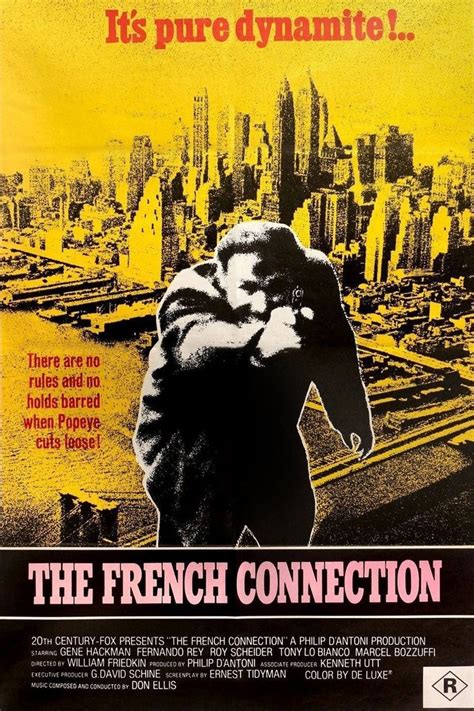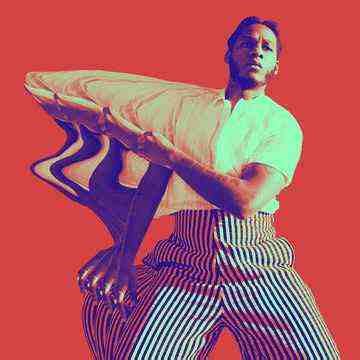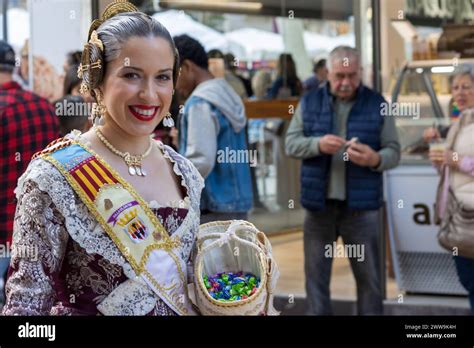The 1971 film “The French Connection” is a seminal work in the crime drama genre, directed by William Friedkin and starring Gene Hackman and Roy Scheider. This film is a masterpiece of cinematic storytelling, weaving a complex narrative around the true story of the largest heroin seizure in U.S. history at the time. The movie’s gritty realism, coupled with its meticulous attention to detail, makes it a compelling watch for audiences and a valuable case study for film enthusiasts.
The Plot Unfolds
The story begins with a cat-and-mouse game between two New York City detectives, Jimmy “Popeye” Doyle (Gene Hackman) and Buddy “Cloudy” Russo (Roy Scheider), and a group of French heroin smugglers. The detectives are part of the New York City Police Department’s (NYPD) narcotics division, tasked with intercepting a large shipment of heroin arriving from France. As the investigation unfolds, the audience is introduced to the intricate world of international drug trafficking, where the lines between good and evil are constantly blurred.
One of the most striking aspects of “The French Connection” is its use of location shooting. Friedkin’s decision to film on location in New York City and Marseille, France, adds a layer of authenticity to the narrative, immersing the viewer in the gritty, realistic world of the characters. The cinematography, handled by Owen Roizman, is equally impressive, capturing the stark contrasts between the bleak, urban landscape of New York City and the sunny, picturesque streets of Marseille.
Character Analysis: Jimmy “Popeye” Doyle
At the heart of “The French Connection” is the complex, often brutal character of Jimmy “Popeye” Doyle. Played by Gene Hackman, Doyle is a tough, street-smart detective with a penchant for violence and a deep-seated disdain for the drug trade. Throughout the film, Hackman brings a depth and nuance to the character, revealing a multidimensional personality that is both fascinating and flawed.
Doyle’s partnership with Buddy “Cloudy” Russo (Roy Scheider) is a highlight of the film, with the two actors displaying a palpable chemistry that adds to the tension and humor of the narrative. The characters’ banter and interactions are often laced with a dark humor, which serves to underscore the gravity of their situation and the dangers they face.
Breaking Down the Investigation
- The detectives begin by surveilling the suspected smugglers, gathering intelligence on their movements and connections.
- As the investigation unfolds, Doyle and Russo follow a trail of clues, from the streets of New York City to the ports of Marseille.
- The detectives' pursuit of the smugglers leads to a series of intense, suspenseful confrontations, culminating in a dramatic showdown.
The True Story Behind the Film
“The French Connection” is based on a true story, drawing inspiration from the 1961 seizure of 112 pounds of heroin at the Port of New York. The film’s script, written by Ernest Tidyman, was adapted from the non-fiction book “The French Connection: A True Account of Clandestine Narcotics Operations” by Robin Moore. While the film takes creative liberties with the events, it remains largely faithful to the spirit of the true story, capturing the essence of the investigation and the complexities of the characters involved.
utenquiries into the Film's Accuracy
- Pro: The film's attention to detail and commitment to realism add to its overall authenticity and impact.
- Con: Some artistic liberties were taken to enhance the narrative, which may detract from the film's historical accuracy.
Legacy and Impact
“The French Connection” has had a lasting impact on the crime drama genre, influencing a generation of filmmakers and actors. The film’s success can be measured by its numerous awards and nominations, including five Academy Awards. The movie’s influence extends beyond the film industry, with its portrayal of the drug trade and law enforcement practices remaining relevant today.
What inspired the director to make "The French Connection"?
+William Friedkin was inspired by the true story of the largest heroin seizure in U.S. history at the time and the book "The French Connection: A True Account of Clandestine Narcotics Operations" by Robin Moore.
How did the film's location shooting contribute to its realism?
+The film's location shooting in New York City and Marseille added a layer of authenticity to the narrative, immersing the viewer in the gritty, realistic world of the characters.
In conclusion, “The French Connection” is a landmark film that continues to captivate audiences with its gripping narrative, complex characters, and realistic portrayal of the drug trade. As a work of cinematic art, it remains a testament to the power of storytelling and the enduring influence of the crime drama genre. With its influence still felt today, “The French Connection” is a must-see for film enthusiasts and a valuable case study for anyone interested in the art of filmmaking.


